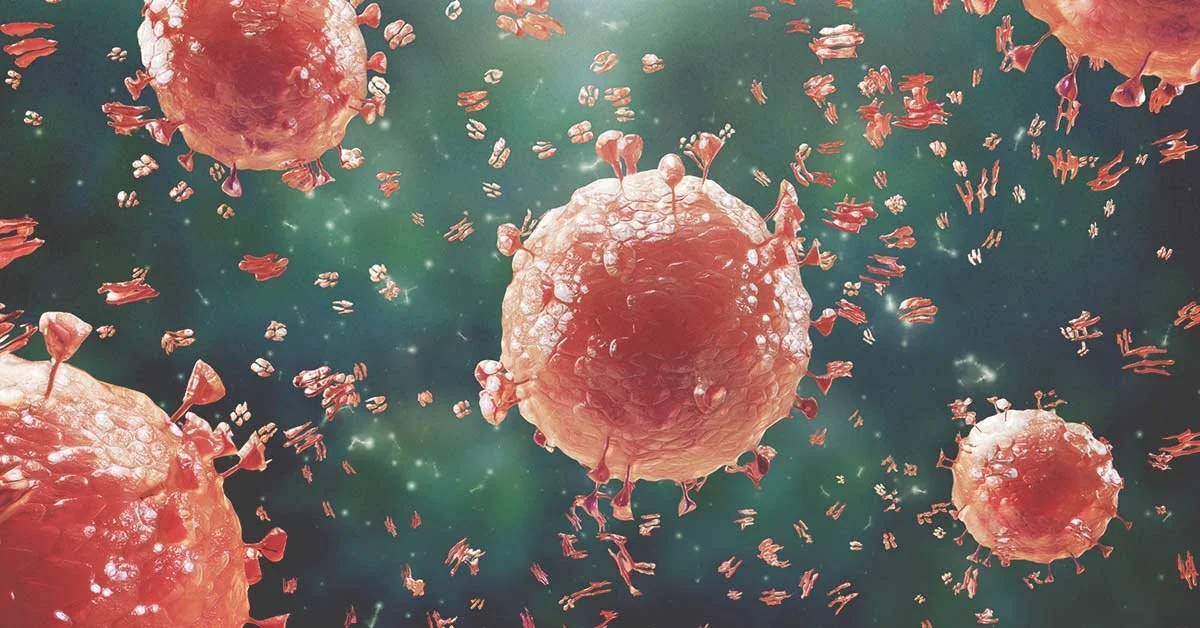Why do People get Allergies?
Every year around March, and year-round for some people, allergy season comes around. It brings runny noses, coughs, sneezes, and an increase in demand for Benadryl. Allergies are varied and wide and many people are affected by them at different levels and times of the year and in their life, but what actually causes allergies. What stimuli and functions in our bodies trigger these headache-inducing responses? Buckle up, this is going to get a little technical.
The responses caused by outside stimuli that affect our physical health and wellbeing are determined by our body’s immune system. The immune system is composed of different cells, chemical responses, and organs that all work in unison to create a response against foreign invaders. These include organs and cells such as the spleen, thymus, white blood cells, antibodies (these are important in this case), T and B cells, dendritic cells, macrophages, and many, many, many more.
In the special case of allergic reactions, a specific class of antibodies play a key role.
“Antibody proteins called immunoglobulins, which comprises a bunch of different categories of antibodies, are a part of what causes allergies and the reactions associated with them, more specifically immunoglobulin E or IgE.” explained Kathryn Meier, AP Biology teacher here at Riley.
IgE is produced by the body when it has a reaction to a certain allergen, which then causes a slurry of different responses and chemical reactions in the body which produce our all-too- familiar allergy symptoms.
“Each response to a certain allergen is caused by a different and specific antibody within the body’s lymphatic system. When the body is first exposed to an allergen, antibodies are created and a response is mounted. MAST cells are activated and release a chemical called histamine, a chemical system that causes bodily reactions like a runny nose,” continued Meier, “The body misreads some outside stimuli as harmful to the body and mounts a response against it.”
Let’s dumb this down a bit…
The Immune system is a system in the body that handles and creates responses to outside stimuli that have to do with our physical health and wellbeing. It’s a big system of hundreds of different cells and proteins, all varied with different functions and chemical responses. One of these proteins used in the response created when we come in contact with an allergen is a specific type of antibody from a class of antibodies called immunoglobulins.
First, what’s an antibody?
An antibody is a Y-shaped protein whose function is to detect, identify, and neutralize foreign bodies, substances the body doesn’t recognize. They act on things such as viruses and bacteria.
Back to the big picture…
The specific antibody used when detecting allergens and that causes allergies is called Immunoglobulin E or IgE. Once this antibody detects an allergen, it activates a set of cells called MAST cells. These cells release histamine, which is a chemical in the body that triggers the production of mucus, leading to a runny nose.
Those are the bare basics behind what happens in the body to cause allergic reactions. On the outside of the body, however, there are many different types of allergens that can trigger these internal reactions.
“Pollen from different plants is a big allergen. If you’re allergic to one type of plant pollen, you’re more than likely allergic to a whole slew of others,” stated Meier, “Animal dandour, shedded fur and skin. Many different foods as well; that’s another big one. Nuts, eggs, shellfish, etc.”
Aaviskar Khatiwada, class of 22, experiences allergies caused by some of these allergens.
“I’m allergic to cats and some dog fur though I still have a dog. He’s a hypoallergenic dog, a mini goldendoodle,” Khatiwada elaborated, “I’m also allergic to pollen during the spring. It usually starts around mid March and I typically get headaches and a stuffy nose accompanied by a lot of sneezing.”
Luckily, there are some good methods for getting rid of these symptoms, some with OTC medications, others a bit more holistic.
“I’ll take Benadryl, but I don’t really like it because it makes me drowsy so I’ll use Claritin to substitute.” Khatiwada said. Medications like these are what are called antihistamines. Histamine is the chemical that causes reactions such as runny nose, so antihistamines reverse this effect.
“I’ll also take steam baths to help clear my nose and drink hot herbal or green tea to soothe a sore throat,” Khatiwada responded, “Also, wearing masks has also helped more with my allergies.”
Additionally, people can also be allergic to milk specifically. This is different from lactose intolerance though. In lactose intolerance a person is unable to break down lactose which is a type of sugar found in dairy. They are missing an enzyme called lactase which breaks down lactose. When someone is allergic to milk, they are unable to break down proteins within the milk. There are two main proteins in milk, casein, which when milk is curdled it appears as the curds, and whey, which appears as the liquid runoff after curdling. The inability to break either or both of these proteins in the milk is what causes the allergic reaction to the milk.
Overall, allergies and allergic reactions are wide and varied with a more or less complicated point of origin.


